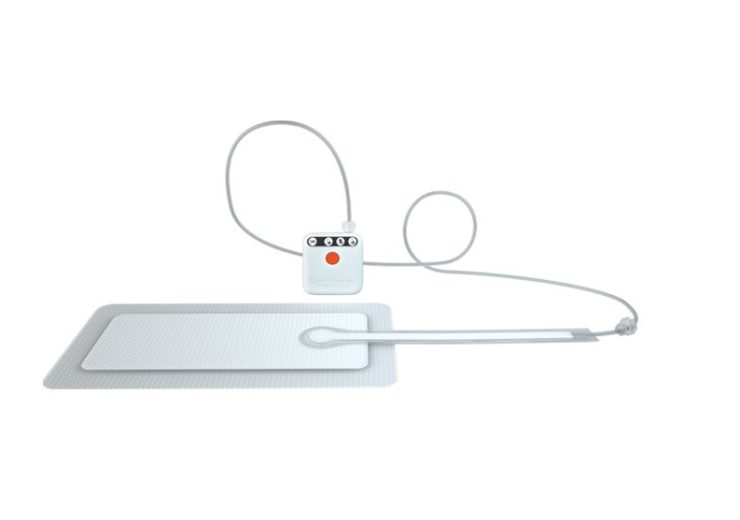A newly published multicentre RCT demonstrates Smith+Nephew PICO◊ single use NPWT as superior to traditional NPWT in reducing wound area, depth and volume in DFUs and VLUs

The study was conducted on patients with venous leg ulcers (VLUs) and diabetic foot ulcers (DFUs). (Credit: Smith+Nephew).
Smith+Nephew, the global medical technology business, is excited to announce the publication of results from a new randomised controlled trial (RCT) demonstrating that the use of PICO Single Use Negative Pressure Wound Therapy System (sNPWT) significantly reduced wound area, depth and volume compared with traditional negative pressure wound therapy (tNPWT) in patients with venous leg ulcers (VLUs) and diabetic foot ulcers (DFUs).
Chronic wounds cause substantial morbidity and mortality and can lead to significant medical costs. In the United States alone, chronic wounds affect 6 million people, with increasing numbers anticipated in growing elderly and diabetic populations. One study showed that in a single year, chronic wounds cost ~$9.7 billion in the USA. Venous or arterial insufficiency, diabetes, and local-pressure effects are the most common causes of chronic wounds. Chronic wounds can be managed with traditional negative pressure wound therapy (tNPWT), but it can be complex to use and limit patient mobility.
The randomised, controlled, multicentre study was conducted at 16 centres in the USA and two centres in Canada, comparing the efficacy and safety of PICO sNPWT with tNPWT in the management of patients with lower extremity ulcers with a longer than 4 weeks duration over 12 weeks. In total, 164 patients were randomised to receive either PICO sNPWT or tNPWT.
A greater average reduction in wound area of 39.1%, depth of 32.5% and volume of 91.1% versus tNPWT was observed with PICO sNPWT. There was a 51% relative increase in the number of patients achieving wound closure at 12 weeks with PICO sNPWT versus tNPWT. Dressing changes were less frequent with PICO sNPWT than with tNPWT, mean reported 6.8 fewer changes and 3.4 days longer wear time. Overall satisfaction was also greater with PICO sNPWT, and fewer patients had adverse events with PICO sNPWT than with tNPWT.
“I decided to use PICO Single Use Negative Pressure Wound Therapy System to treat a diabetic foot ulcer, after achieving excellent results using the therapy on skin flaps and full thickness skin grafts” said, Rosemary Hill, Wound Ostomy Nurse at Lions Gate Hospital, Vancouver. “By introducing PICO as an early intervention for lower extremity ulcers, we’ve been able to help kick-start wound healing and ultimately improve the quality of life for patients who experience a faster and more predictable healing trajectory, as well as being mobile and able to resume treatment at home.”
The unique PICO◊ sNPWT dressing includes the proprietary AIRLOCK◊ Technology for uniform and consistent delivery of therapeutic NPWT across a wound and the surrounding zone of injury. By minimising the need for fillers and reducing dressing change frequency compared with traditional NPWT, PICO sNPWT helps healing to progress undisturbed, contributing to faster time to healing, improved quality and distribution of granulation tissue and more consistent re-epithelialisation.
PICO sNPWT has a strong evidence base with 103 published papers of which 21 are published RCTs and 65 are unique clinical studies.
Source: Company Press Release
